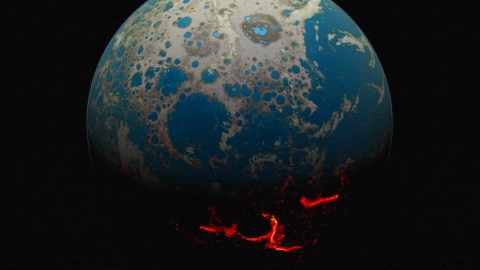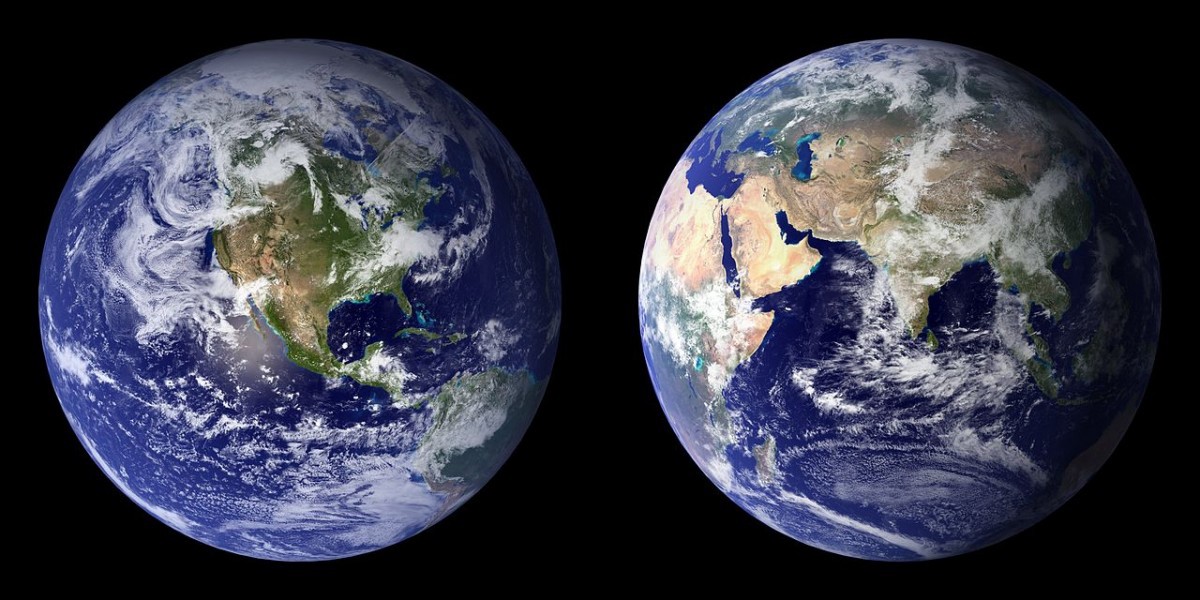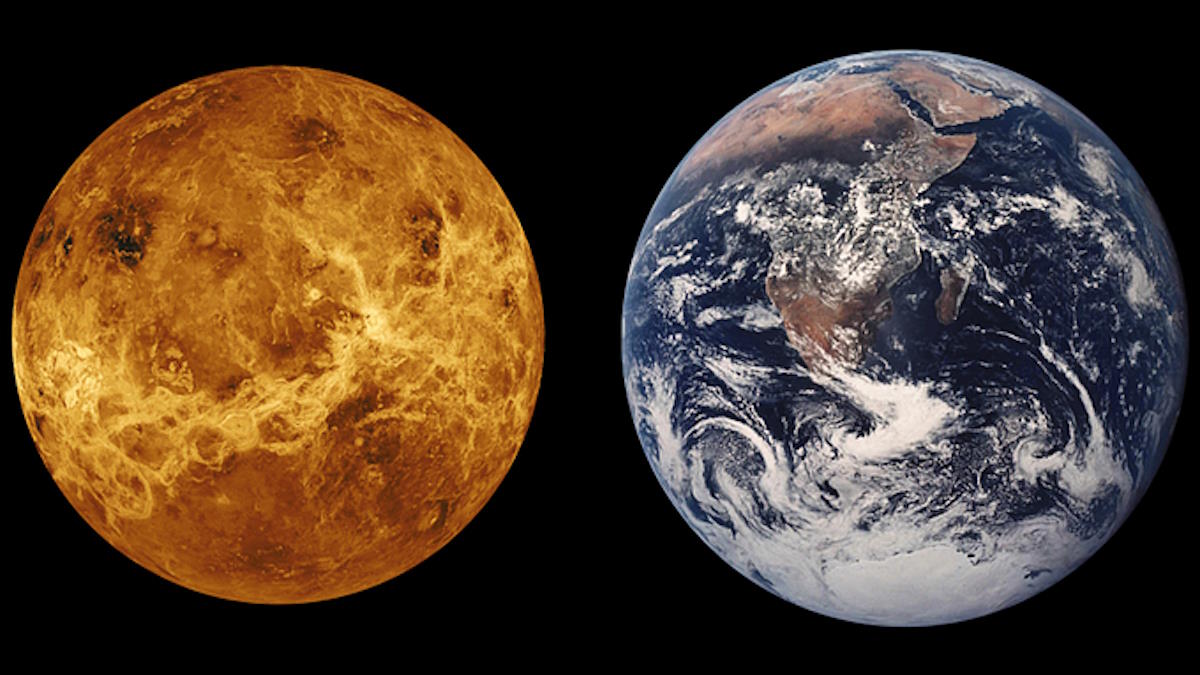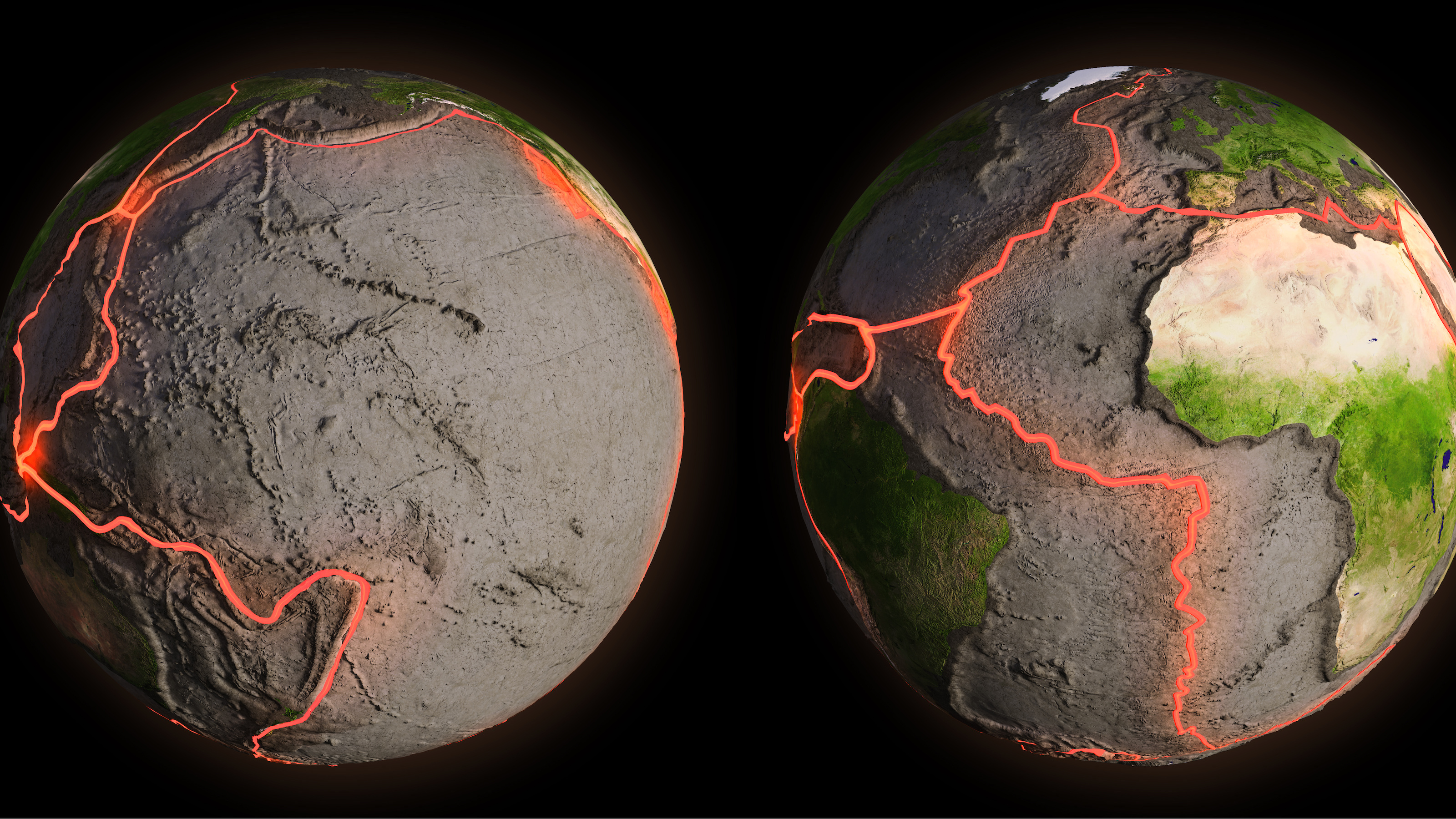Flatter Earth: Without plate tectonics, our planet once looked much different

- Early Earth had a flatter surface due to less active plate tectonics compared to now.
- Plate tectonics, involving moving plates in the lithosphere, shape Earth’s continents and mountains.
- Modern, vigorous plate tectonics, responsible for large mountains, is a relatively new phenomenon in Earth’s geological history.
You hear a lot about people believing that the Earth is flat these days. It’s hard to imagine anyone seriously considering that the world is not a sphere. Still, in researching a new project about life and geological history, I found an entirely new meaning for “flat Earth,” or at least a “flatter Earth,” that has the possibility of actually being true. To understand what I’m talking about, we need to go back to a staple of geology: plate tectonics.
Plate tectonics
The lithosphere is the scientific name for the outer skin of the planet. It extends down a few hundred kilometers and includes both the crust and the upper mantle. The important thing about the lithosphere is that it’s rigid, unlike the deeper mantle, which, over long enough timescales, flows like taffy (or, as one geologist told me, like asphalt on a hot day). The deeper mantle’s motion comprises big circulating swirls called convection. On Earth, as opposed to other rocky planets like Venus or Mars, the lithosphere is broken up into a bunch of plates. These plates sort of float on the convecting mantle below, getting carried along with the mantle motion. Sometimes these motions lead to the plates sliding past each other. But in other places, the plates collide, with one plate diving down into the deeper mantle (a process called subduction) and the other plate being pushed upward. As the plates move, so do the continents, which are made of granite (as opposed to the seafloor material made of basalt).
All of this sliding, subducting, and collision is why the map of the Earth has been continually redrawn over hundreds of millions of years. Supercontinents like Gondwana and Panagia have assembled and broken apart, closing up whole oceans and opening up new ones. All of these continental comings and goings had a pretty profound effect on life. Species that were once living together found themselves isolated a few million years later as rifts opened up and split the land.
Just as important, the collisions between tectonic plates are what has driven Earth’s great mountain ranges like the current Himalayas. Mountain ranges affect life and its evolution in many ways. Most obviously, they can serve as natural barriers to the movement of unadapted species. Less obviously, but perhaps more importantly, these high mountains are prone to serious weathering, getting slowly ground down by wind and rain. All those minerals from eroding mountains eventually find their way into the ocean where they can serve nutrients life uses for its various molecular assembly needs.
This mountain-weathering input to the biosphere is something I was interested in for an astrobiology project I’m working on. It was in the process of analyzing that research that I came across a stunning fact: The Earth did not always have plate tectonics, especially the vigorous kind it has today.
As I wrote above, the other terrestrial planets don’t have plate tectonics at all. Instead, their lithospheres comprise a “single lid.” On Mars, for example, there are no plates and there is no movement of plates. Early on, about 4 billion years ago, the Earth may also have had such a single lid that only broke up slowly. Just as important: Even though separate plates existed a couple of billion years ago, they still were not moving around the way they do today. In particular, the whole subduction and collision thing may have been much more muted. According to the research papers I’ve been reading, the kind of vigorous plate tectonics we see on modern Earth may be a relatively recent phenomenon — dating back only a billion years or less. (Yeah, I know, it’s weird to think of a billion years as being “recent,” but this is geology, after all).
A flatter Earth
So why does that matter? Mountains…big mountains. Without the modern version of plate tectonics, there would be no big mountain ranges like the Himalayas. While there may have been folds and hills, smaller ranges — the kind of long and super-high ranges that we think of as Earth’s most exotic and stunning locales — would not have been possible.
It’s a stunning realization that Earth, for the first three or so billion years, was not at all flat — but it was at least a lot flatter.





